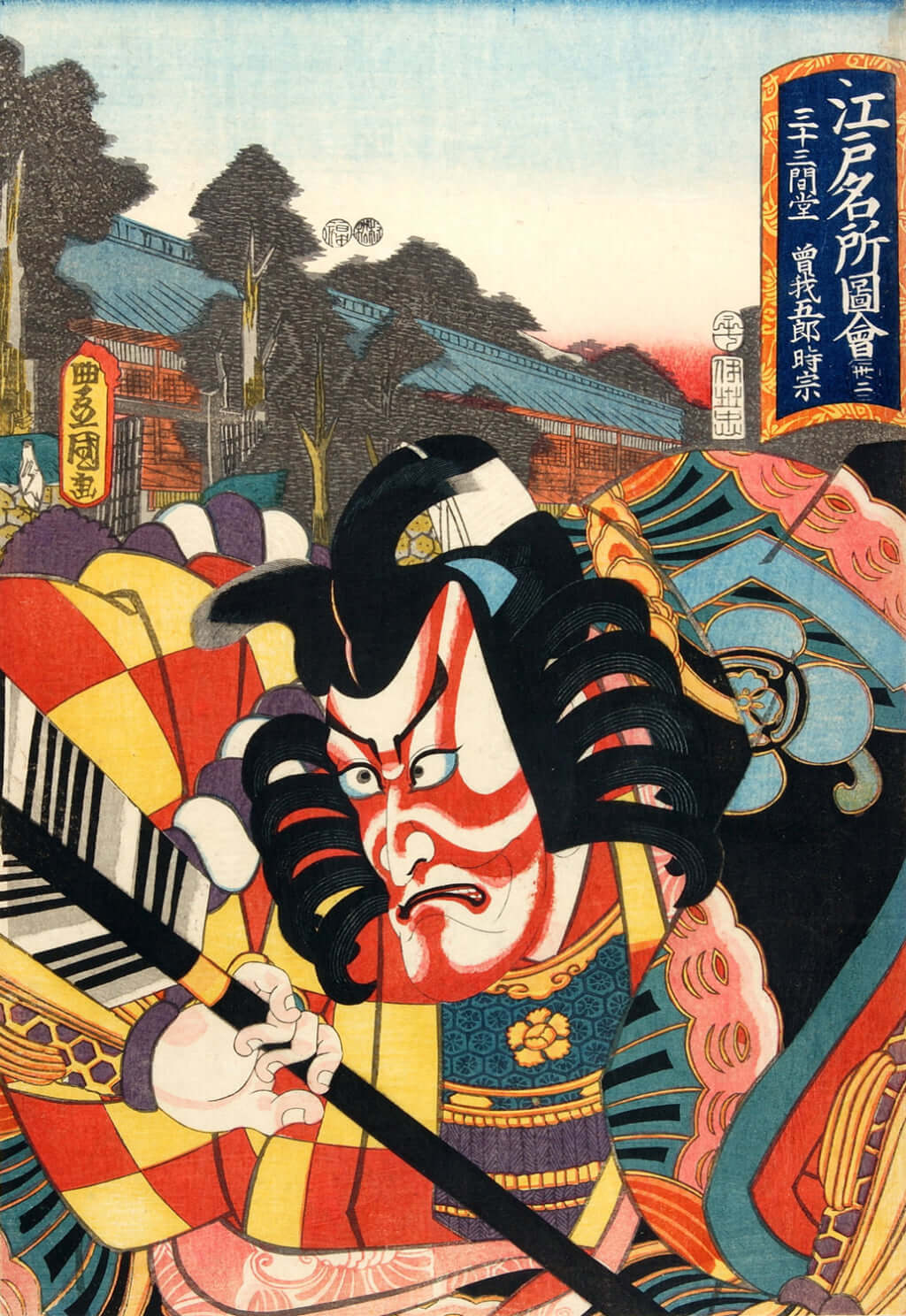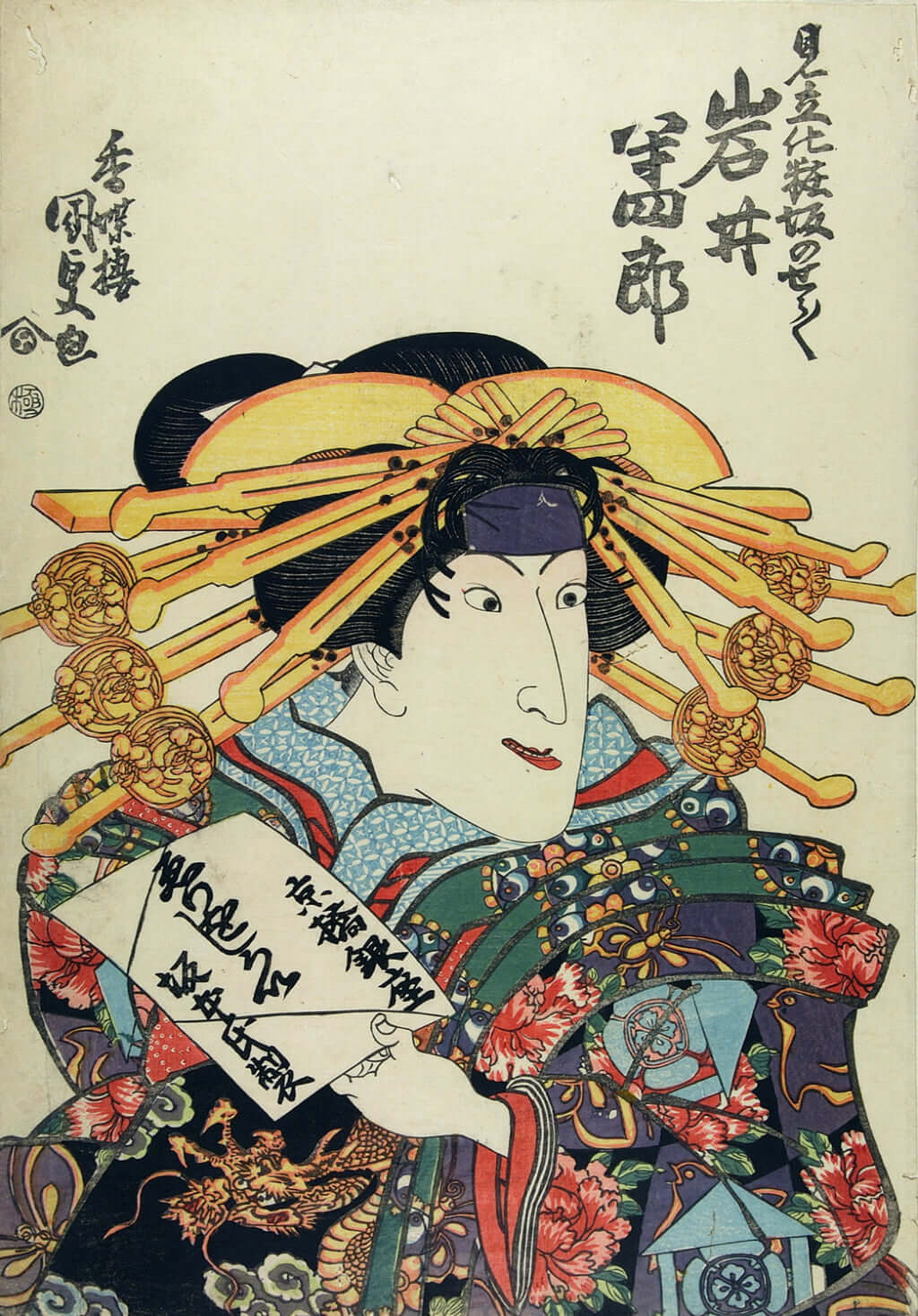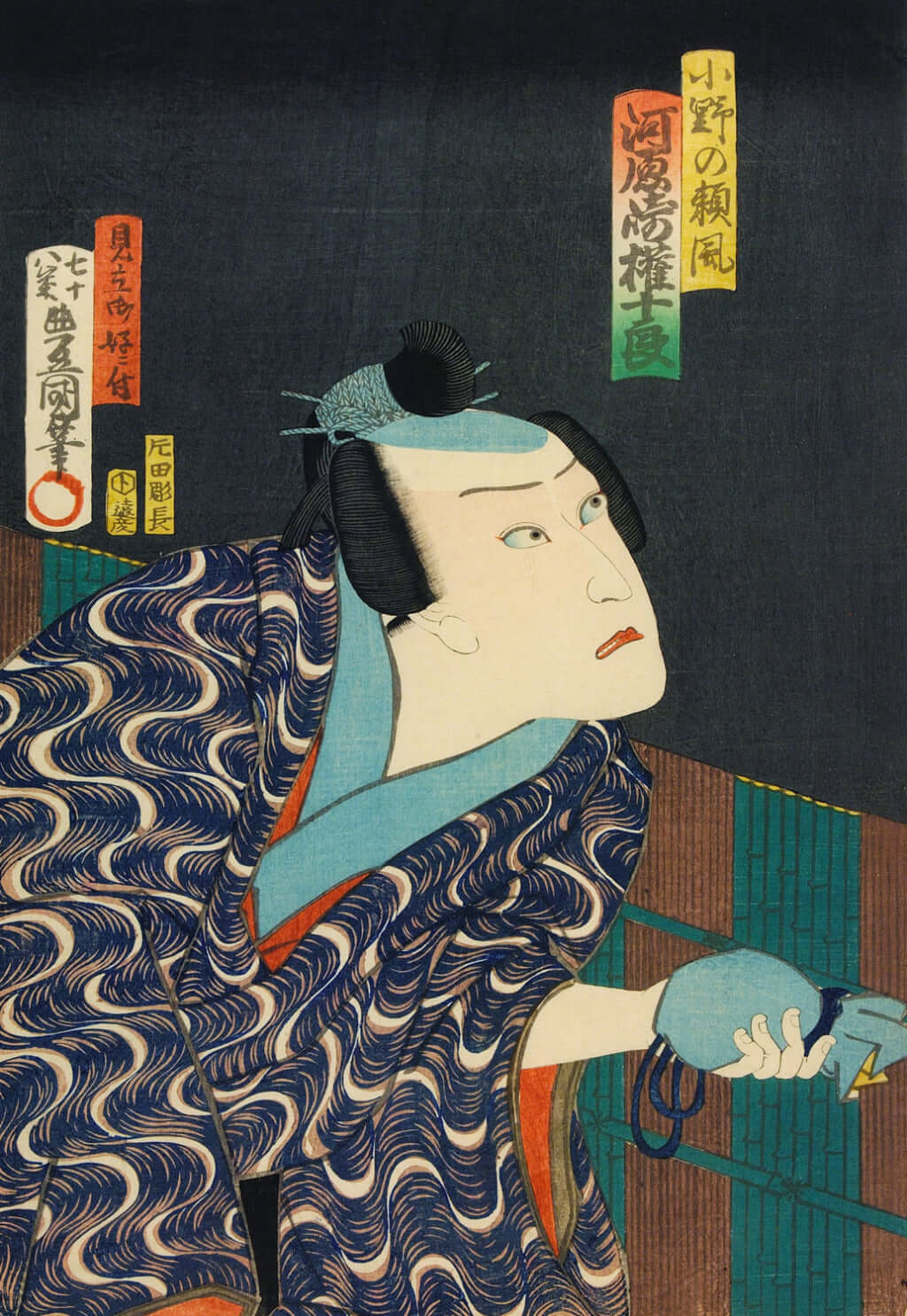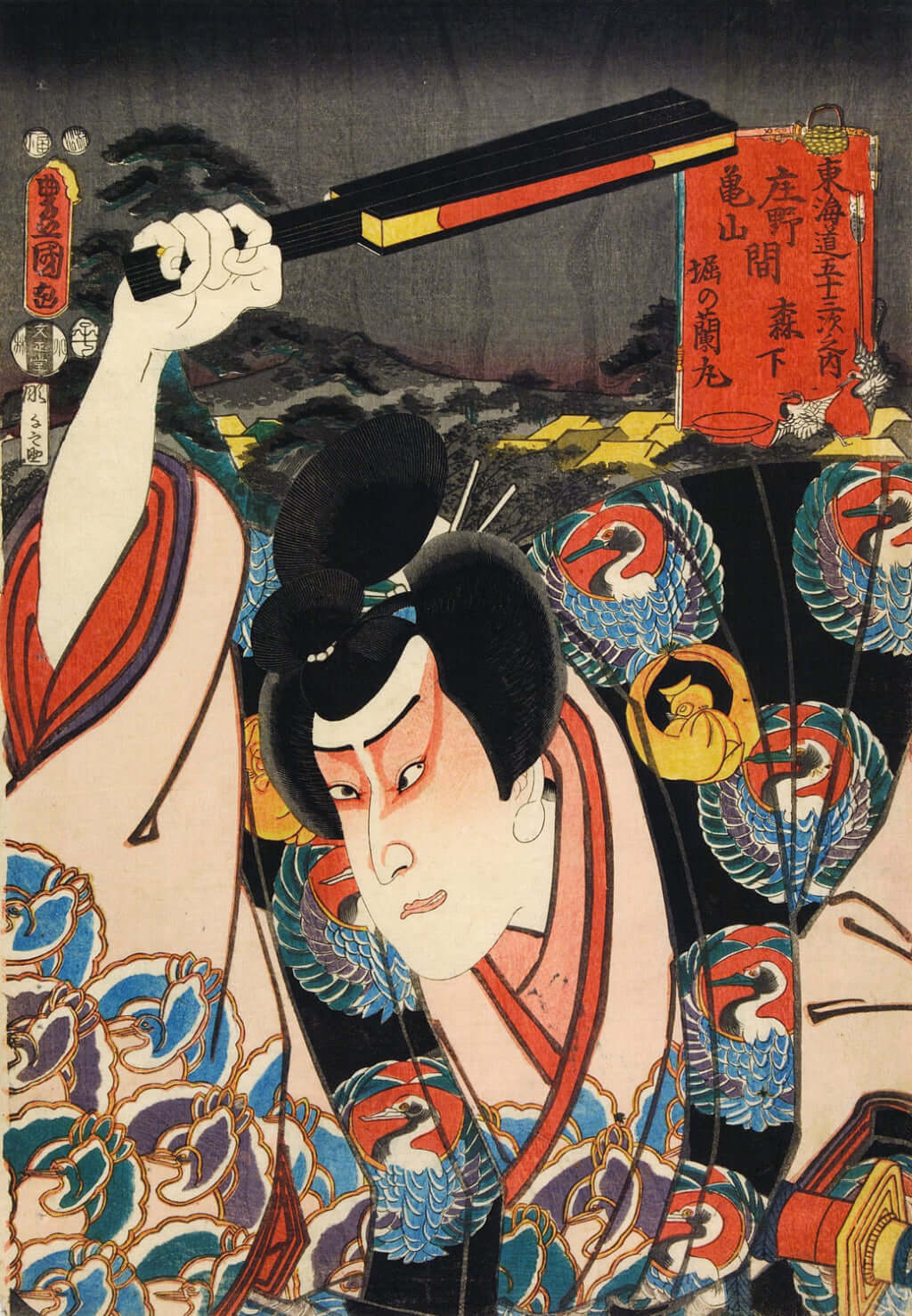Kabuki Prints in the British Museum’s Collection
The London-based museum houses over 300 prints depicting actors practising this traditional Japanese theatrical art.

‘Actor Danjuro VII by Utagawa Kunisada’, 1852 © The Trustees of the British Museum
Kabuki, the traditional Japanese epic form of theatre whose golden age lasted from the 1600s to around 1800, depicts male actors who also play female roles.
Works perpetuating the heritage of performing arts
Codified but no less spectacular and extravagant, kabuki came into being on stage and has held onto a trace of its importance through illustrations that capture the wild facial expressions of the protagonists.
Tim Clark, supervisor of the Japanese section of the British Museum, acquired 359 prints which show the kabuki actors’ different facial expressions. These treasures were exhibited in 2019 in the museum’s Mitsubishi Corporation galleries.
The British Museum’s kabuki prints can be found on the museum’s website.

‘The actor Iwai Hanshirō V as the courtesan Keshozaka no Shosho’, 1831 © The Trustees of the British Museum

‘Danjūrō IX as Ono no Yorikaze’, 1863 © The Trustees of the British Museum

‘Danjūrō VII conducting a Buddhist memorial service before a portrait of his deceased son’, 1854 © The Trustees of the British Museum

‘Danjūrō IX as Hori no Ranmaru’, 1852 © The Trustees of the British Museum
TRENDING
-
A House from the Taisho Era Reveals Its Secrets
While visiting an abandoned building, Hamish Campbell discovered photographs the owner had taken of the place in the 1920s.

-
The Taboo-Breaking Erotica of Toshio Saeki
The master of the 1970s Japanese avant-garde reimagined his most iconic artworks for a limited box set with silkscreen artist Fumie Taniyama.

-
With Meisa Fujishiro, Tokyo's Nudes Stand Tall
In the series 'Sketches of Tokyo', the photographer revisits the genre by bringing it face to face with the capital's architecture.

-
Masahisa Fukase's Family Portraits
In his series ‘Family’, the photographer compiles surprising photos in which he questions death, the inescapable.

-
Hajime Sorayama's Futuristic Eroticism
The illustrator is the pioneer for a form of hyperrealism that combines sensuality and technology and depicts sexualised robots.





